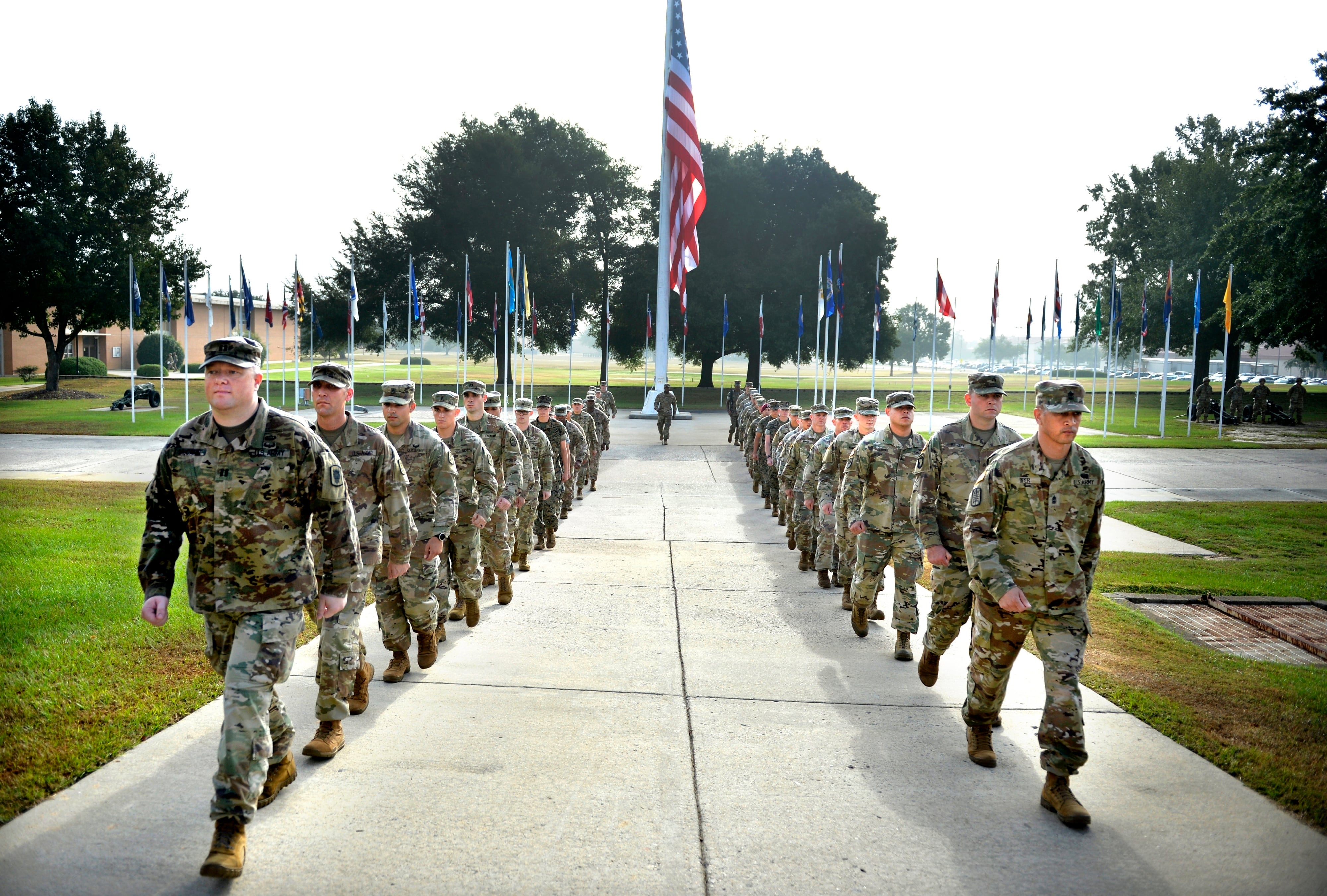The next generation of remotely piloted aircraft could swarm enemy defenses, serve as wingmen for pilots, attack targets with lasers, or work as mobile weather radar.
Aerospace experts say that the technology is becoming advanced enough that drones can now take on a host of missions far beyond their normal reconnaissance and ground-strike roles.
"We're just at the very early stages of what robotics and autonomous systems might do," said Paul Scharre, a retired Army Ranger who helped craft some of the Pentagon's drone policies while at the Office of the Secretary of Defense.
During discussions on the future of drones at the Sept. 14-16 Air Force Association national convention, Scharre compared the state of RPAs with aircraft after World War I: Everyone knew they were changing warfare, but no one was certain how to use them or what the extent of their capabilities would be.
"We've used these systems but in fairly limited ways; the technology's still somewhat constrained; what they do is sometimes not clear yet," said Scharre, now a senior fellow at the Washington, D.C., think tank the Center for a New American Security. "I would argue down the road they could have some pretty significant changes in terms of how militaries fight."
Autonomous wingmen
The Air Force is even looking at developing drones that could serve as wingman for pilots flying fighters.
In order to increase magazine size for missions, RPAs could carry extra munitions that would be controlled by a pilot in a fighter. The pilot would select a target and fire the weapon. But rather than the missile firing from the plane itself, it would fire from the drone.
Unmanned aerial systems could also carry other mission-critical equipment like advanced radar or sensors, without worrying about the weight slowing down the pilot's plane.
"Imagine a small UAS system operating in conjunction off the wing of fourth- and fifth-generation platforms, providing specific enhancing capabilities to achieve strategic effects," said Maj. Jason Willey, branch chief for the MQ-9 Reaper in the Capabilities Division of the Pentagon's Intelligence Directorate.
Some of the same abilities desired by the Air Force could also be deployed on the ground. Marine Corps Times reported Sept. 22 that a pocket-size drone is in development that could accompany teams and be used to scout enemy movements or approach suspicious objects.
Experts have noted that drones could be an extra "eye in the sky" for pilots, able to close with and survey enemy aircraft or air defenses at ranges that would be unsafe for airmen.
Lt. Gen. Bradley Heithold, leader of Air Force Special Operations Command, said he wants a small unmanned aerial vehicle to accompany AC-130s on missions.
"I don't want to put an AC-130 over a threat that can touch me," he said. "Well, drop the tactical off-board sensor, have it fly, set out, tell me ahead of time what I'm seeing and launch a standoff weapon from a long way away. It's like a search and destroy. A kind of killer scout concept here with a small UAV out of the aircraft."
Laser-equipped
But RPAs could also be used not just to spot incoming threats, but also take them out. The Air Force is looking to deploy high-powered microwaves or lasers that could disable electronics, damage enemy vehicles, or destroy AA emplacements.
General Atomics, maker of the MQ-1 Predator and MQ-9 Reaper, has been testing a laser system that could be mounted on an RPA. The company announced in April that initial tests had been successful, and that the laser could be mounted on one of its drones in 2017, with a military version ready the following year.
But the Air Force is also looking for improvements to existing RPAs. The Predator is set to be retired in 2018, with the Reaper taking over its missions.
To that end, "the Air Force is currently developing and testing an MQ-9 with extended range tanks that increase range and loiter capability," Willey said, and looking to add missions for maritime surface warfare and combat search and rescue.
Small drones
The advancements, however, aren't just for larger drones. The Air Force is also starting to develop military versions of their smaller cousins as well.
In 2016, the service plans to release a "UAS flight plan" to open the roles available to smaller drones, Willey said.
"We envision that ready, or nearly ready technology — enhancements in size, weight and power — will enable the small UASs to provide the persistence and range capabilities on par with their larger RPA peers," he said.
The military is defining these drones as anything less than 1,320 pounds, Willey said — basically "anything smaller than a Predator."
Scharre said small drones could also provide military strategists with a new tactic: expendable troops.
Rather than sending fighters that risk human lives, or current RPAs that cost millions of dollars, cheap small drones could be sent to achieve an objective, with pilots rarely concerned about how many they might lose.
"If they get the job done and take some losses then that's acceptable," Scharre said. "We tend not to think about our forces that way partly because we have lives on the line and partly because as things become more expensive it just doesn't seem to work anymore."
Large numbers of small drones could also be used to swarm enemy positions, he added.
"There's many more of them that the adversary has to go after," Scharre said. "You could saturate enemy defenses, simply overwhelming them. When you have things that are cooperative, they could come from multiple different angles attacking at the exact same time to overwhelm defenses, or perhaps in cooperation with jamming or other assets."
Overall, he said masses of drones could help the U.S. address one major concern: a high operations tempo that's taking its toll on an aging fleet.
"Aircraft are better [than previous generations], but quantities also matter to a certain extent," Scharre said. "You have to be able to put iron up in the sky."
Airmen first
Regardless of advancements in drone technology, it's the people at the controls who will always be most important, Scharre said.
"Robots are not fighting wars. People fight wars," he said, adding that drones are just another advancement of battlefield technology, like moving from using spears to using missiles.
Willey said drones are meant to be an addition to the Air Force, not a replacement.
"These technologies will not replace airmen, but will enhance their ability to carry out their mission," he said. "Regardless of the developments boosting RPA capabilities, airmen will continue to serve as the strength behind the employment of all air power."





